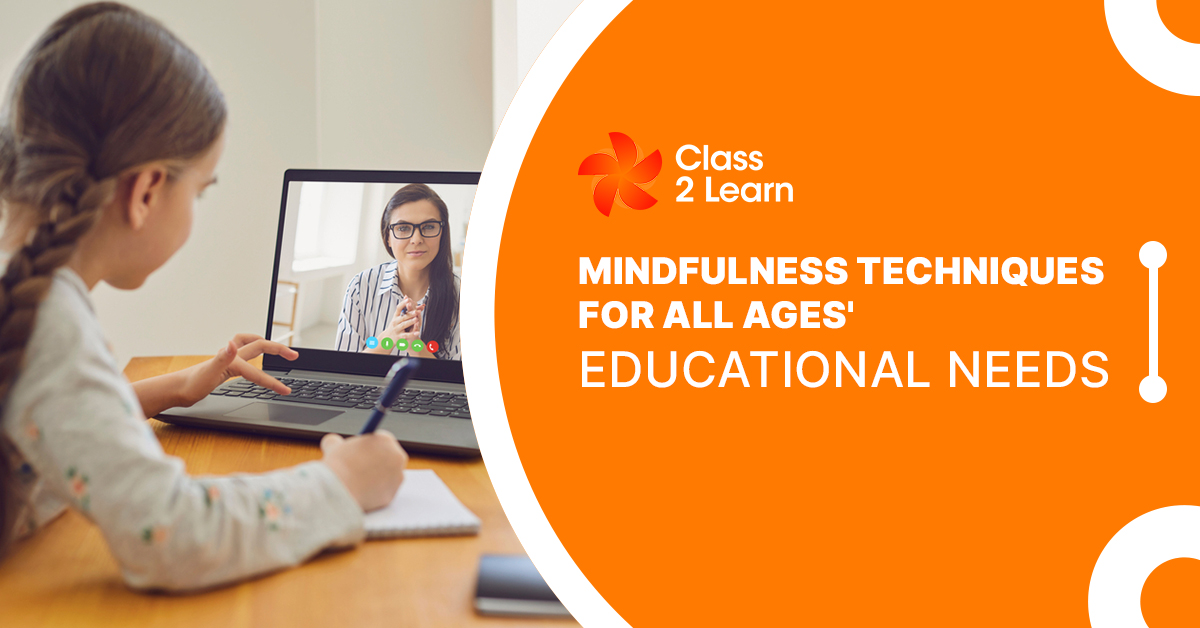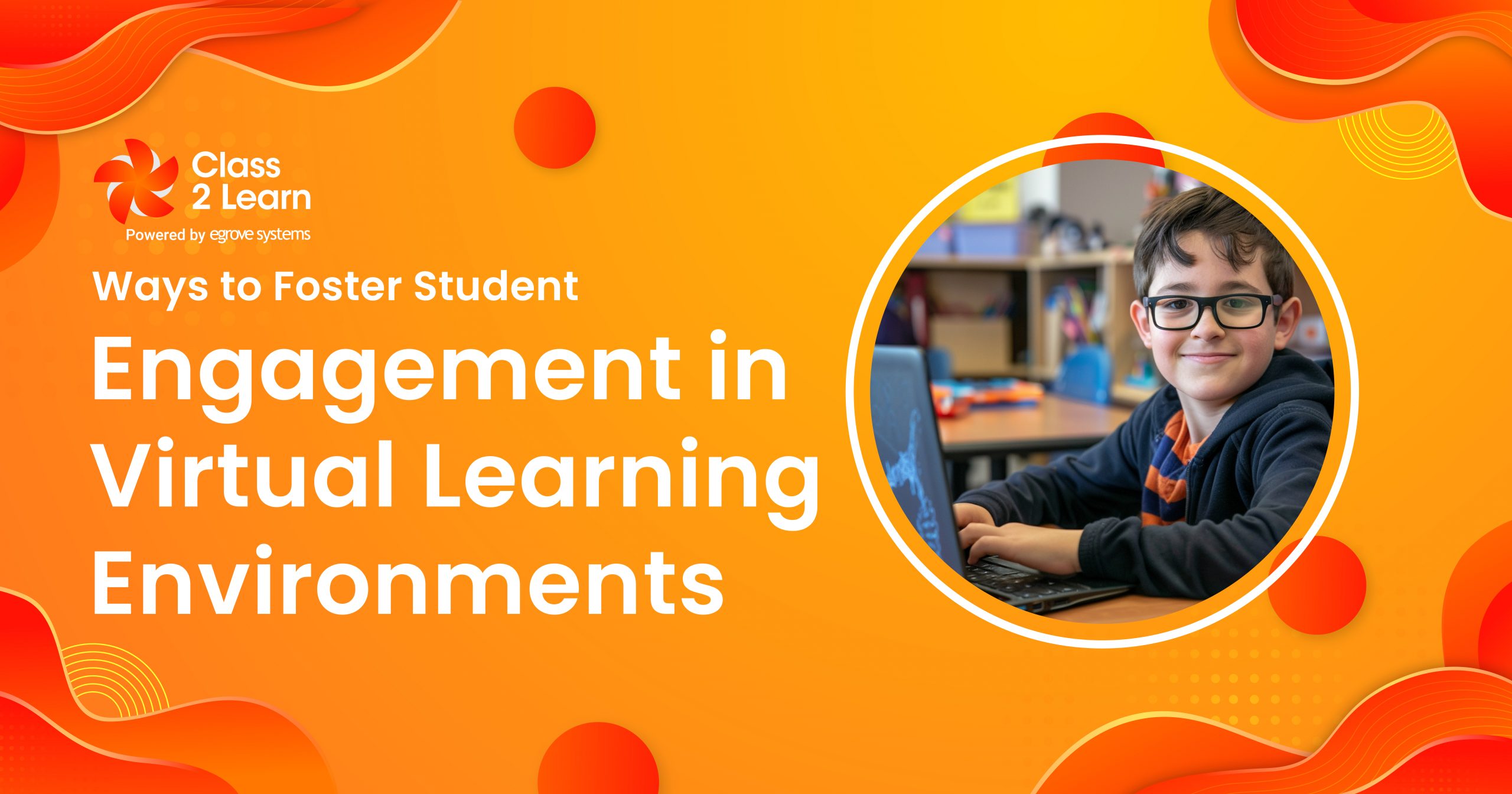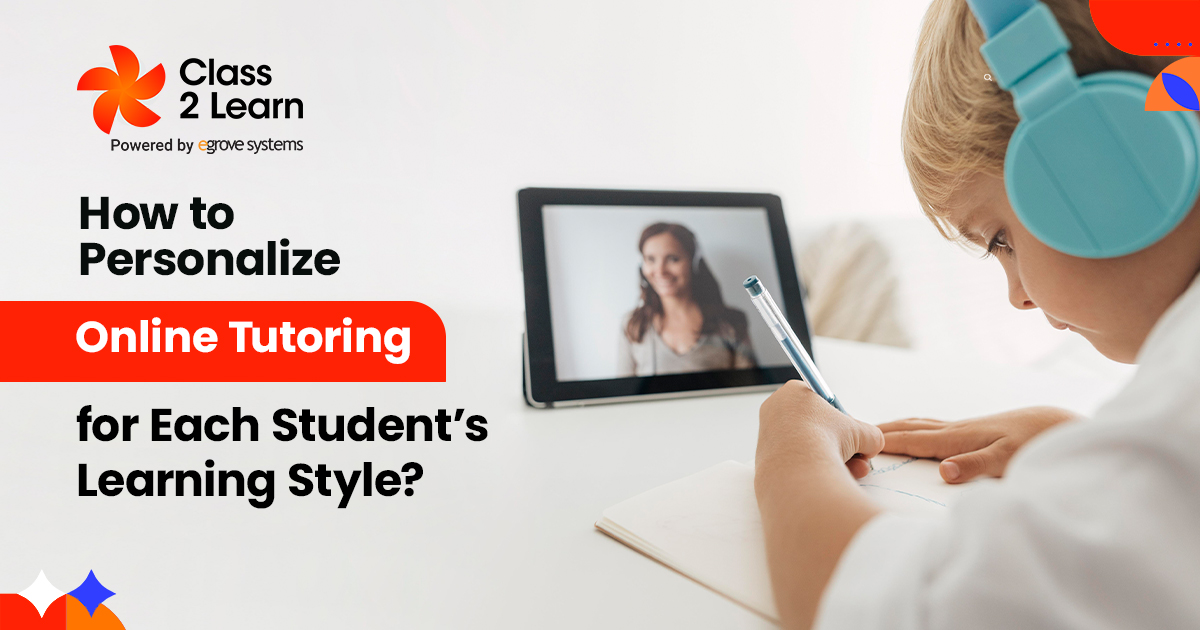The discipline of mindfulness involves being entirely present in the moment without passing judgment. It is the capacity to be fully in the now, conscious of what we’re doing and seeing, without dwelling on the past or the future. It may also be described as an age-old practice of being watchful, focused, and open to the present.
Students might feel less stressed and frustrated by participating in mindful exercises in class. Students will focus on using breathing and focused imagery to have conversations with their surroundings.
The practice of mindfulness is gaining popularity in today’s classrooms. According to studies, students who practice mindfulness can increase their cognitive processing, sensitivity, impulse stability, and mental concentration.
Explaining Mindfulness to Students
The corpus amygdaloideum, hippocampus, and cerebral cortex of the brain are interconnected and communicate with one another to create a reaction to outside stimuli that are interpreted as risks. The corpus amygdaloideum and hippocampus react with a “quarrel,” “freeze,” or “flight” reaction in reaction to fear or resentment. Such reflexes can be postponed by the prefrontal cortex, giving rational conclusions time to develop. Students who practise mindfulness are better able to control their reactivity and comprehend how the prefrontal brain influences their conduct.
The corpus amygdaloideum of the brain works to protect us but sometimes it confuses stress with danger. When the amygdala is distressed, the hippocampus, which stores memories, shuts down. Decision-making requires the prefrontal cortex to obtain data from the amygdala and the hippocampus, but if it fails to act, decision-making stops. In this scenario, mindfulness promotes mental peace, which enables us to act wisely.
The Advantages of Mindfulness in Education
- Teachers and students have frequently seen how practicing mindfulness helps students strengthen their skills in the classroom.
- Skills gained via mindfulness include some of the following:
- Better Concentration and Learning Capabilities
According to a survey quoted by Mindful School, 83% of children who used the Mindfulness teaching method showed more concentration. In addition, the American Psychological Association found a link between classroom attention and increased conscious processing of students.
Educational Mindfulness Techniques for Teachers
All students can benefit from the practice of mindfulness. Teachers use different strategies depending on the needs and ages of their students.
Educational Strategy for Mindfulness in Elementary School
Respiratory control for self-sedation is a technique that teachers can use in elementary school. This can be done by allowing the child to count up to 3 for both inhalation and exhalation. Students can also imagine the lungs expanding and contracting like the Hoberman sphere, or pretending to inflate an abdominal balloon as an additional respiratory control strategy.
Another option for educators is to encourage mindfulness using group projects and student-led routines.
During circle time, students can exercise their fingers to calm their classmates. Alternatively, the classes can work together to create a tree of thanks that acts as a reminder so that everyone can remember the good things that happened.
Guided imagery can be taught to elementary school students. For example, students can close their eyes and discuss their thoughts while the teacher tells a story in vibrant images.
Teachers can take their elementary school students out of the classroom and pay attention to their movements when they discover sensory clues in the environment, such as the smell of grass or wet paint. Yoga is another type of careful movement that teachers can introduce to their students.
Mindfulness Techniques for Middle School Classrooms
A junior high school teacher can teach students how to calm down with a chime, or find out how to calm down by noticing their physical connection to their body and environment while sitting in a chair.
Another way teachers can encourage junior high school mindfulness is to assign written consideration. Students can respond in writing to daily prompts, academic lessons, or social interactions. There are many mindfulness apps and videos that are specially designed and useful for this age group. Students can practice mindfulness both at home and in the classroom. Students can also have the choice of choosing a custom mindfulness practice that is tailored to their specific needs and interests.
Classroom mindfulness techniques for high school and college
Meditation is a valuable skill for teachers to instill in high school and college students. Students can try body scan meditation and walking meditation in addition to traditional sitting meditation. Intensive mindfulness techniques such as
Exercises such as rolling fingers with each breath are especially beneficial for older students who are nervous before the exam. Students can also practice mindfulness outside of class by sitting quietly, breathing naturally, and observing the current moment without judgment.
Conclusion:
Mindfulness in the classroom enhances concentration and reduces stress on students of all abilities and grade levels. Take time in the classroom to practice mindfulness and help students grow emotionally, socially, and academically.





Add comment